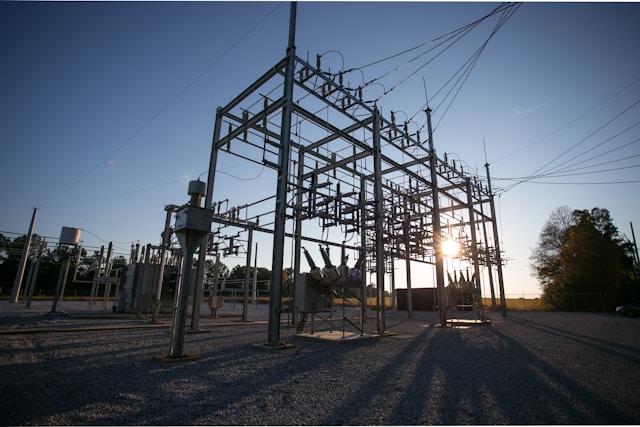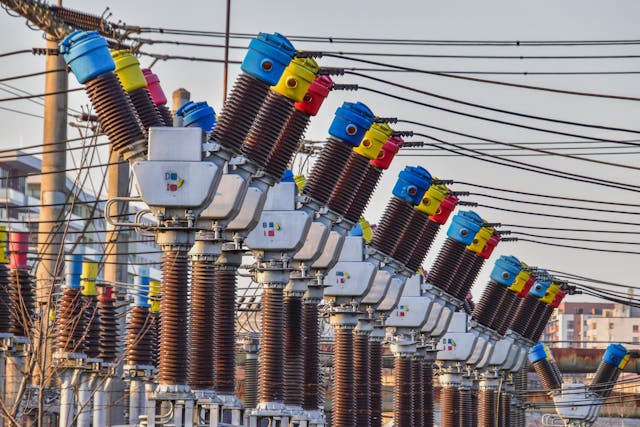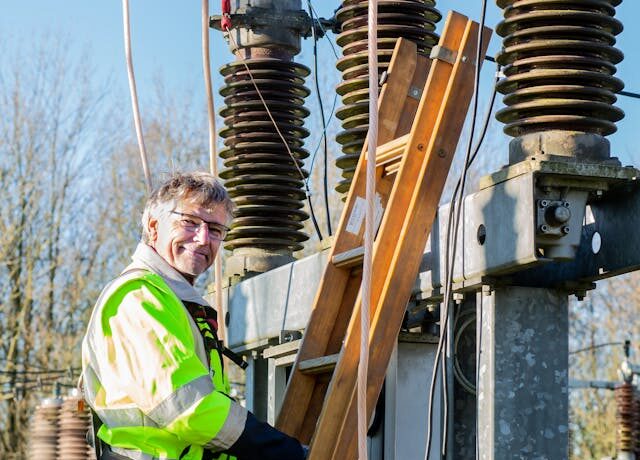Our electrical systems’ unsung heroes are frequently transformers, which silently operate in the background to keep everything in working order. Knowing the right kind of transformer for your needs can make all the difference, whether you’re running an industrial facility or a small workshop. Single phase transformers and three phase step down transformers are two of the most popular choices; each has unique advantages and traits.
Which one, though, is best for your project? To assist you in making an informed choice, this guide will walk you through their functions, distinctions, benefits, and important factors. Prepare to explore the world of transformers and find the one that best suits your power needs!
Knowing Transformers: Their Definition and Operation
In electrical engineering, transformers are essential tools for transferring electrical energy between two or more circuits. They change voltage levels to fit different applications using the electromagnetic induction principle.
A transformer’s fundamental component is a magnetic core encircled by coils of wire. When electricity enters the primary coil, a magnetic field is produced. This field essentially steps up or steps down voltage as needed by inducing an alternating current in the secondary coil.
Transformers are incredibly efficient; they can transfer power over great distances with little loss. Because of their design, they can be adjusted to meet varying voltage requirements while still operating safely. Knowing these basics paves the way for selecting the ideal transformer type for your particular project requirements. If you are interested in this topic, we highly recommend you to visit this website using the given link. http://southernelectronicservices.com.au/

The Distinction Between Single Phase and Three Phase Step Down Transformers
Any project involving transformers must comprehend the distinction between single-phase and three-phase step-down transformers.
High-voltage electricity is transformed into a lower voltage across three wires by three-phase step-down transformers. More power delivery stability and efficiency are made possible by this design. It is perfect for industrial environments where steady energy is needed for large machinery.
However, compared to their three-phase counterparts, single-phase transformers are simpler but less powerful because they only require two wires to operate. They are frequently utilised in small businesses or homes where demand is lower.
Which transformer is best for you will depend on your particular requirements, whether you’re handling large electrical loads or smaller-scale operations.
Single-phase transformer benefits
Single phase transformers are a popular option for many applications because of their many important benefits. Compared to their three-phase counterparts, they are usually lighter and smaller, which facilitates installation in confined spaces.
Lower manufacturing costs are another benefit of their simpler design. Single phase transformers are a desirable choice for residential or small-scale projects due to their affordability.
Another strong point is efficiency. Maintenance needs are typically lower when there are fewer components involved. With little maintenance, users can benefit from dependable performance.
Furthermore, single phase transformers perform remarkably well in applications requiring less power. They ensure efficient energy use by providing sufficient voltage transformation without needless complexity or excess capacity.
Over time, these advantages result in real savings and more efficient operations for a large number of homeowners and businesses.

Selecting the Best Transformer for Your Project Requirements
Selecting the appropriate transformer for your project is essential. It affects overall performance, safety, and efficiency.
Determine how much power you need first. Be aware of the type of load you will be working with and the voltage you require. This will assist you in reducing your options.
Take into account the transformer’s operating environment. Durability and functionality can be impacted by variables such as temperature, humidity, and possible exposure to the elements.
Next, assess the limitations of space. Compared to their single-phase counterparts, three-phase transformers typically occupy more space. Ensure that you have enough room for the installation.
Additionally, don’t ignore financial considerations. Single-phase transformers may be more economical for smaller projects, even though three-phase systems frequently provide greater efficiency in larger setups.
Consider scalability in the future. Will you need more? Select a transformer that can handle future demand spikes without necessitating significant adjustments.
Considerations for Selecting Single Phase Transformers vs. Three Phase Step Down Transformers
A number of factors are taken into consideration when choosing between a single phase transformer and a three phase step down transformer. First, think about how much power your project will need. A three-phase option might be more appropriate if you have to manage higher voltages or heavier loads. It can handle more demanding applications and provides greater efficiency.
Next, consider the complexity of the system. Installing and maintaining a single phase transformer is typically easier. It might be ideal if you’re working with smaller devices or if your application doesn’t require a lot of capacity.
Cost is yet another crucial element. Three-phase transformers are more expensive up front than single-phase units, even though they frequently offer better performance and longevity advantages. You can choose the option that best suits your financial situation by evaluating your budget.
Consider future requirements for scalability. Purchasing a three phase transformer could provide greater flexibility in the future if the electrical requirements of your project are expected to increase over time.
By carefully balancing these factors, you can choose the best transformer type for your particular requirements and guarantee peak performance for many years to come.





